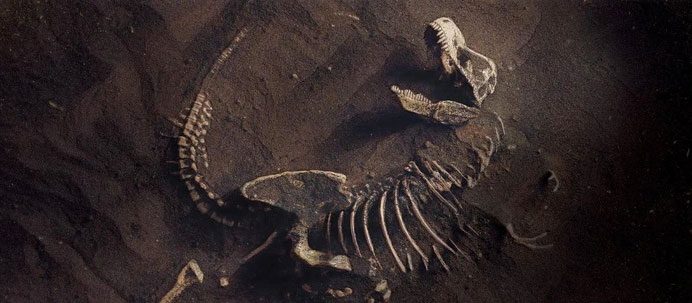The global mass extinction event is beginning to unfold and is worse than initially predicted, according to a recent study.
Scientists have recorded five major mass extinction events in Earth’s history, during which at least 75% of life went extinct.
Many researchers believe that the sixth mass extinction is either currently underway or very close. They describe this period as witnessing “biological annihilation” and “the devastation of the tree of life” in scientific studies.
According to Professor Anthony Barnosky at the University of California, we are witnessing the sixth mass extinction in real time.
This is because current species are going extinct 100 to 1,000 times faster than the normal extinction rate, which is calculated based on the timescales in which species evolve and go extinct in the fossil record.
“I believe this rate will continue to increase as we take more actions that threaten the Earth,” Professor Anthony Barnosky stated.
Professor Barnosky notes that the extinction rate of species reflects a rapid decline in their populations and does not require consideration of when the last individual disappears.

48% of animal populations are declining, according to recent research – (Photo: THE SCIENTIST).
48% of Animal Populations are Declining
According to the American Museum of Natural History, a mass extinction event is typically defined as a loss of 75% of species within a short geological time frame—less than 2.8 million years.
Previous studies have determined that the current extinction rate is 1,000 to 10,000 times higher (depending on the species) than the “background” extinction rate. This has led some scientists to argue that life on Earth has entered the “sixth mass extinction event.”
The conservation status of a species is assessed based on evaluations issued by the International Union for Conservation of Nature (IUCN). Among the population and extinction risk assessments of over 150,300 species evaluated by the IUCN, 28% are considered at risk of extinction, and about 1% have been declared extinct.
According to the research group’s analysis, 49% of animal populations are stable, while 48% are declining, and only 3% have increasing populations.
They also found evidence that 33% of species currently classified as “not threatened” in the IUCN Red List are actually trending towards extinction.
The Sixth Extinction Caused by Humans
Notably, when compared to the previous five mass extinction events, researchers found that this is the first mass extinction event “caused by the actions of just one species,” which is humans.
Globally, many species are declining due to various destructive human activities. Particularly, habitat loss, fragmentation, and degradation, widespread use of pesticides, herbicides, and other chemicals, and the impact of invasive species are exacerbating the effects of climate change.
The researchers’ findings reinforce the warning that biodiversity is on the “verge of an extinction crisis,” especially as entire ecosystems are destroyed and collapse.
Currently, 40% of the Earth’s land area has been altered primarily for food production to support a growing population.
The global agricultural sector alone consumes 70% of the Earth’s freshwater resources and uses about 90% of the deforested land.
The intertwined relationships between human food demands, climate change, and biodiversity loss are putting immense pressure on our planet.


















































